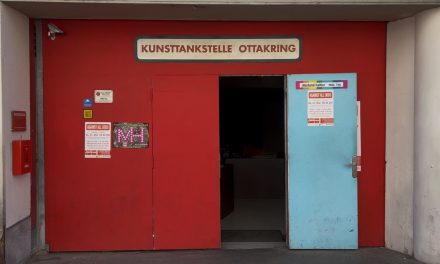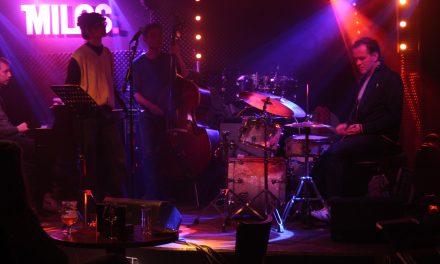In a city known for its rich history, touristy landscape and cultural diversity, there lays a aspect often overlooked. Between the towering structures and bustling streets, a first-hand perspective from the city’s homeless community can be found, shedding light on the overlooked viewpoint of the city.
According to BAG W and other welfare associations, the streets of Berlin are currently the home of an estimated 10,000 individuals. But that’s not all. Aside from the people living on the streets, up to 40.000 individuals have no permanent home and are experiencing homelessness. These people live in shelters or other accommodations. With this many people experiencing homelessness right now, it is important to understand their perspective of the city. This way, the spread of misinformation about homelessness will end.
“I was surprised when I got to Berlin, that the homeless people have so many places where one could go get something to eat. Or places for people to get shelter and clothes” says Petra Elten. Petra came to Berlin in 2003 to battle her heroin addiction and began withdrawal therapy at one of the clinics in Berlin. When she prematurely quit the treatment, she found herself without a home in a foreign city. Nowadays, after overcoming her 38-year-long addiction seven years ago, Petra shares her story during her city tours at the age of 65.
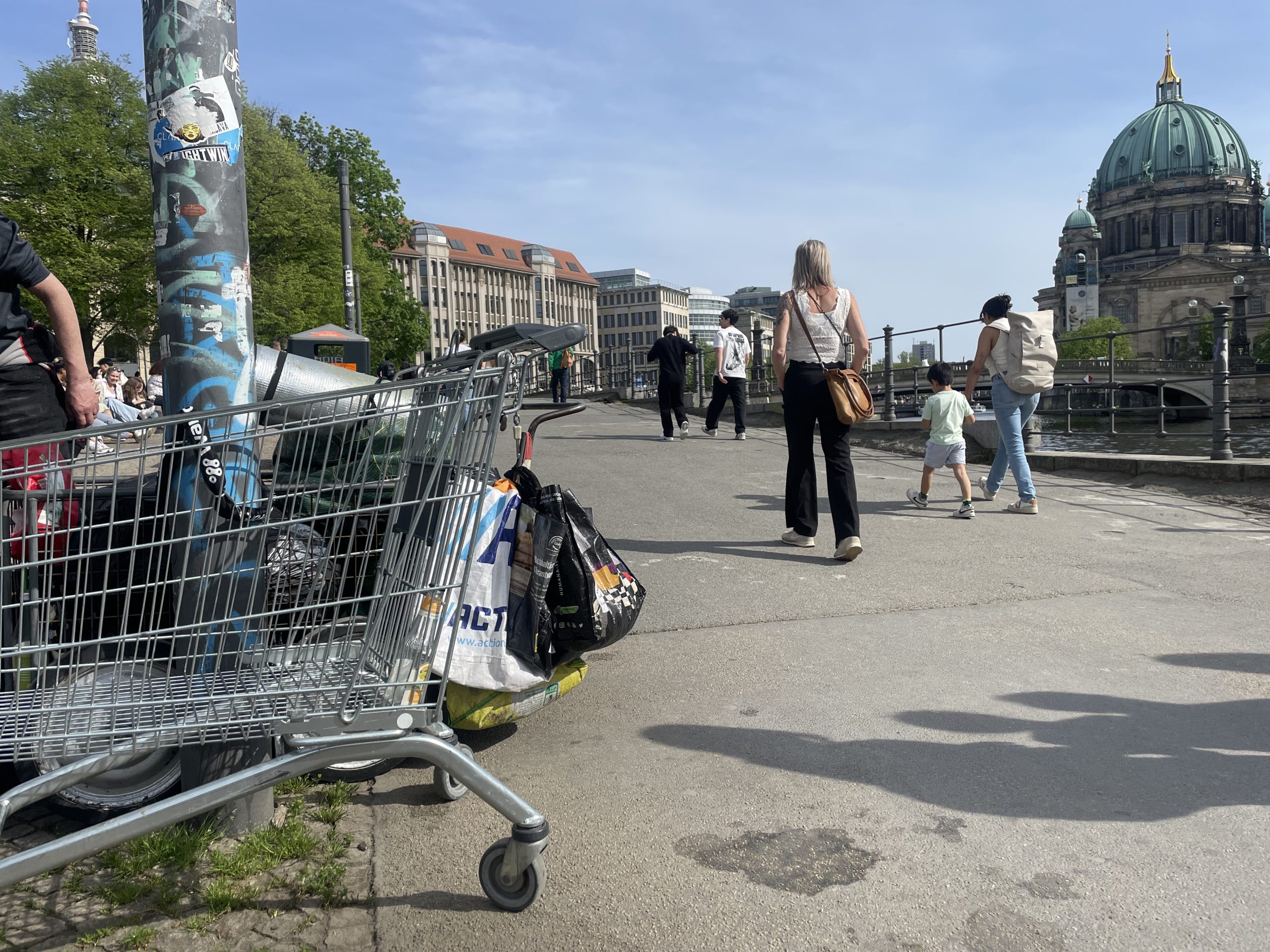
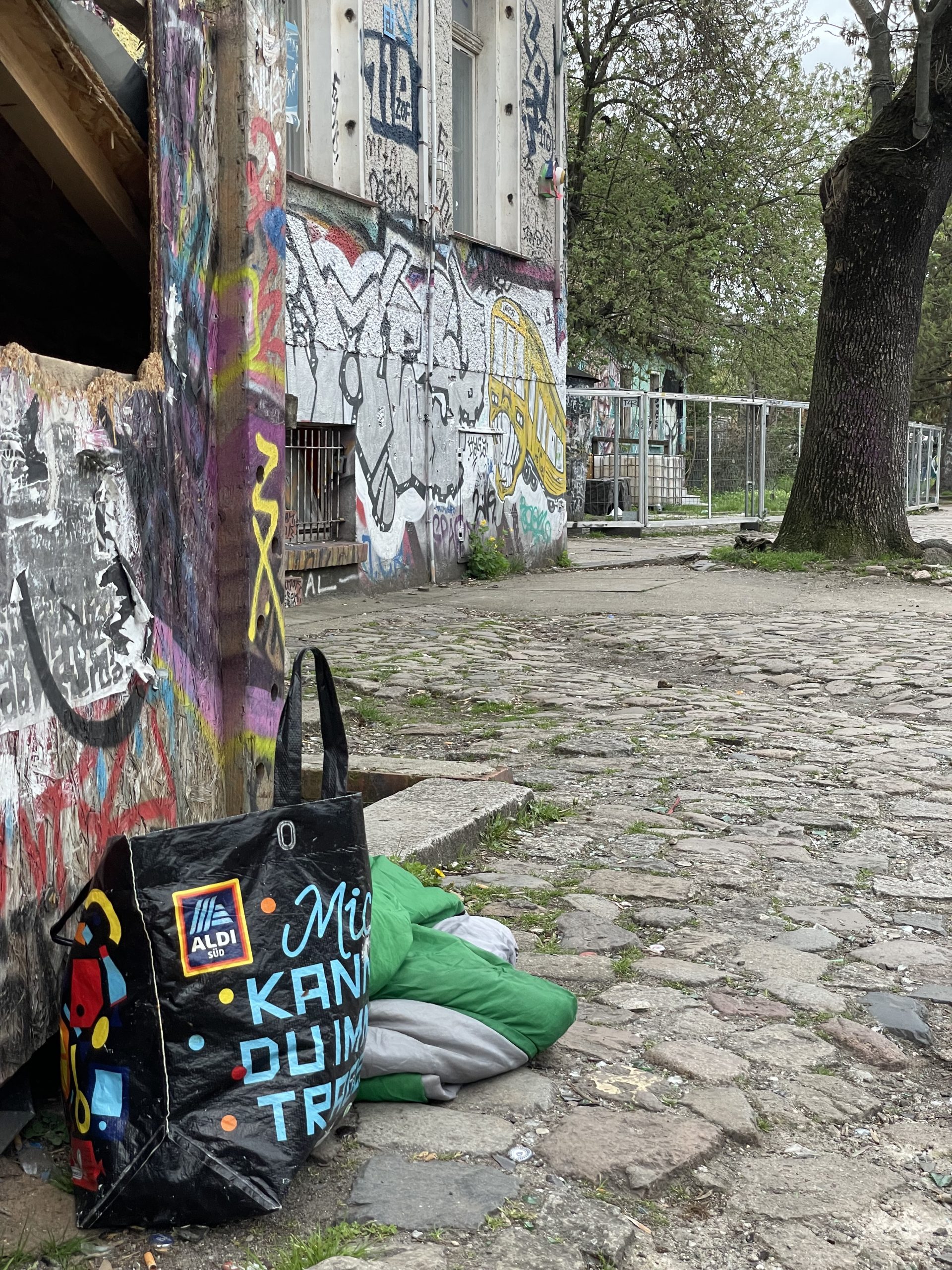
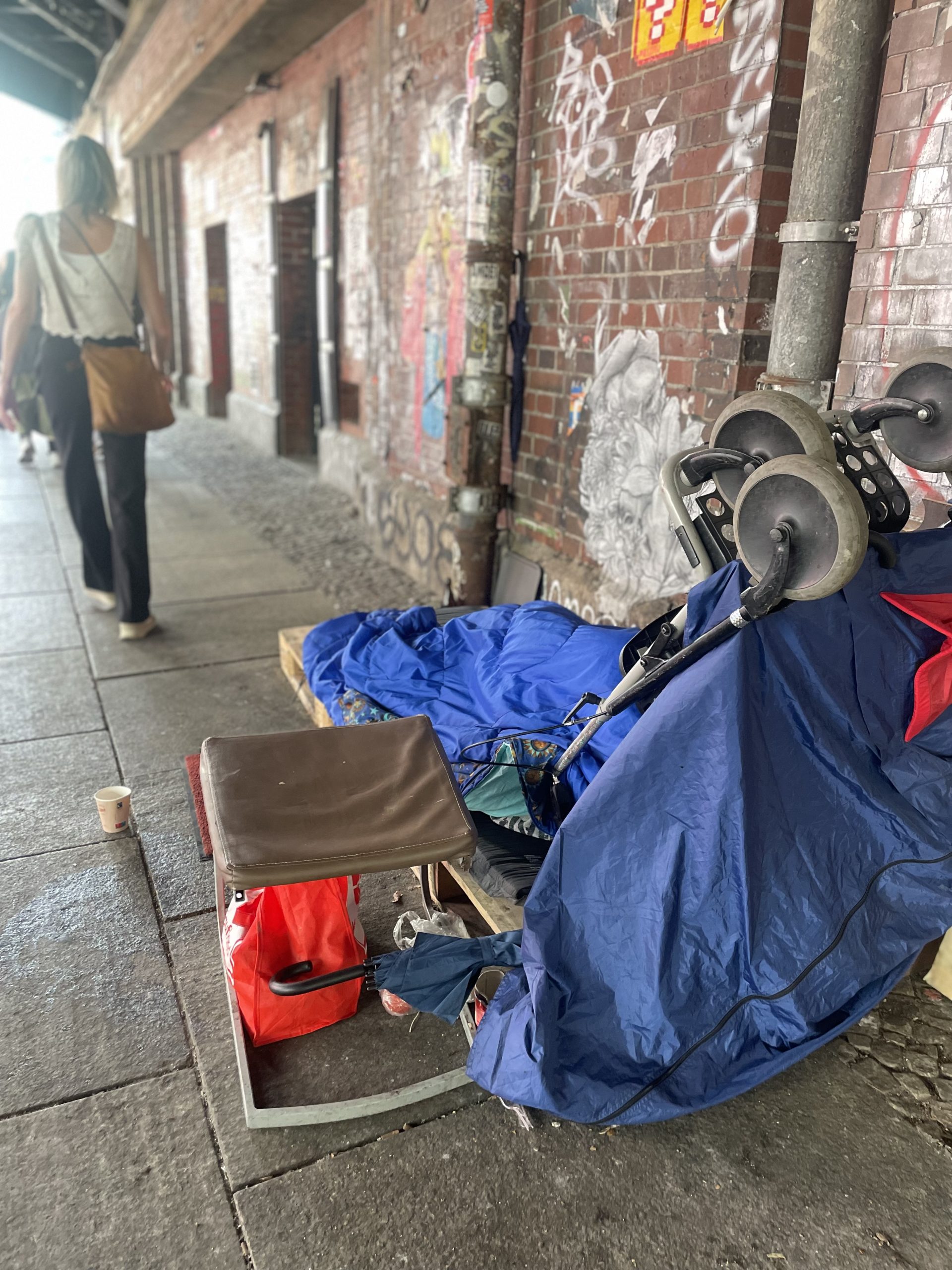
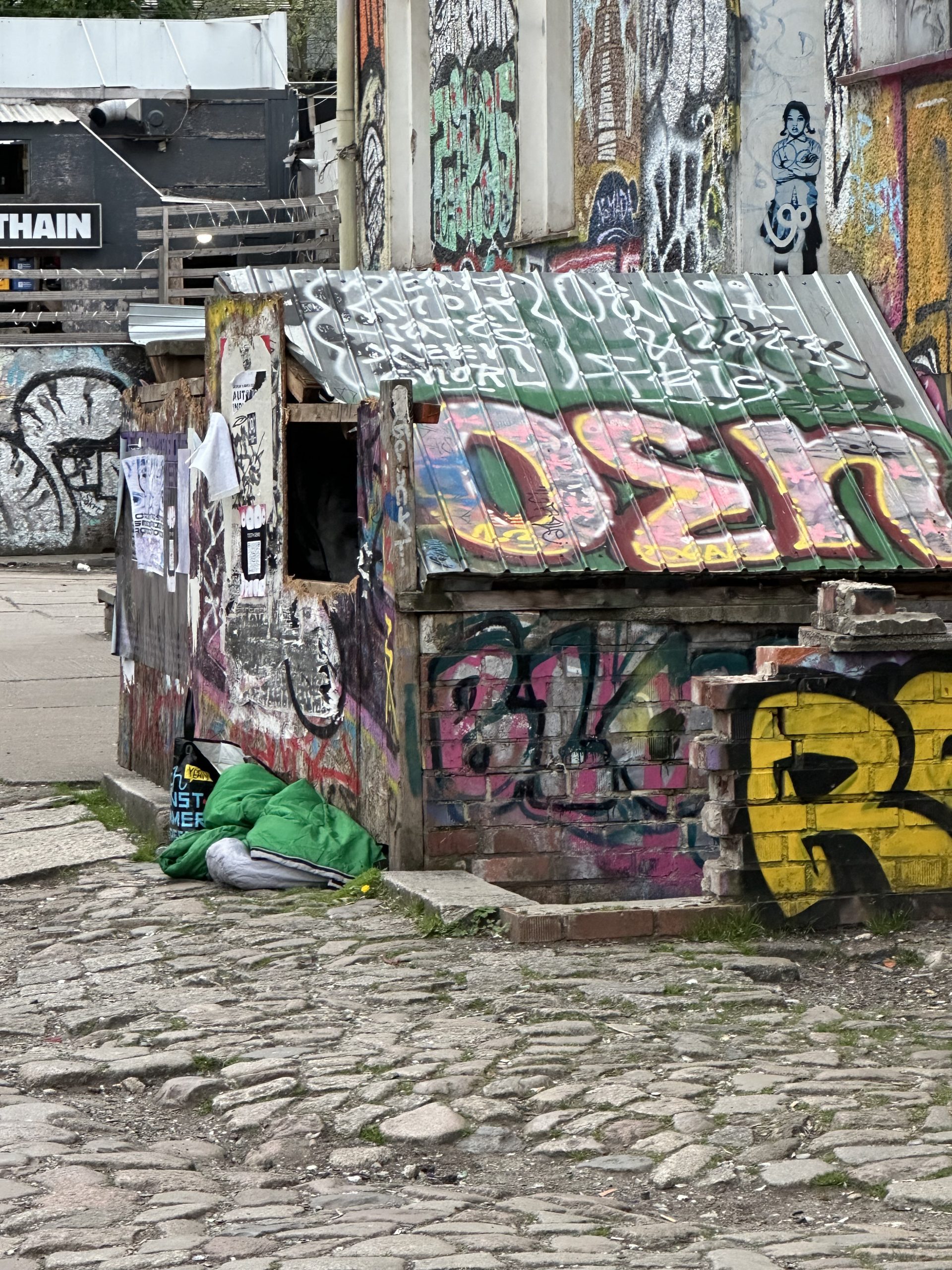
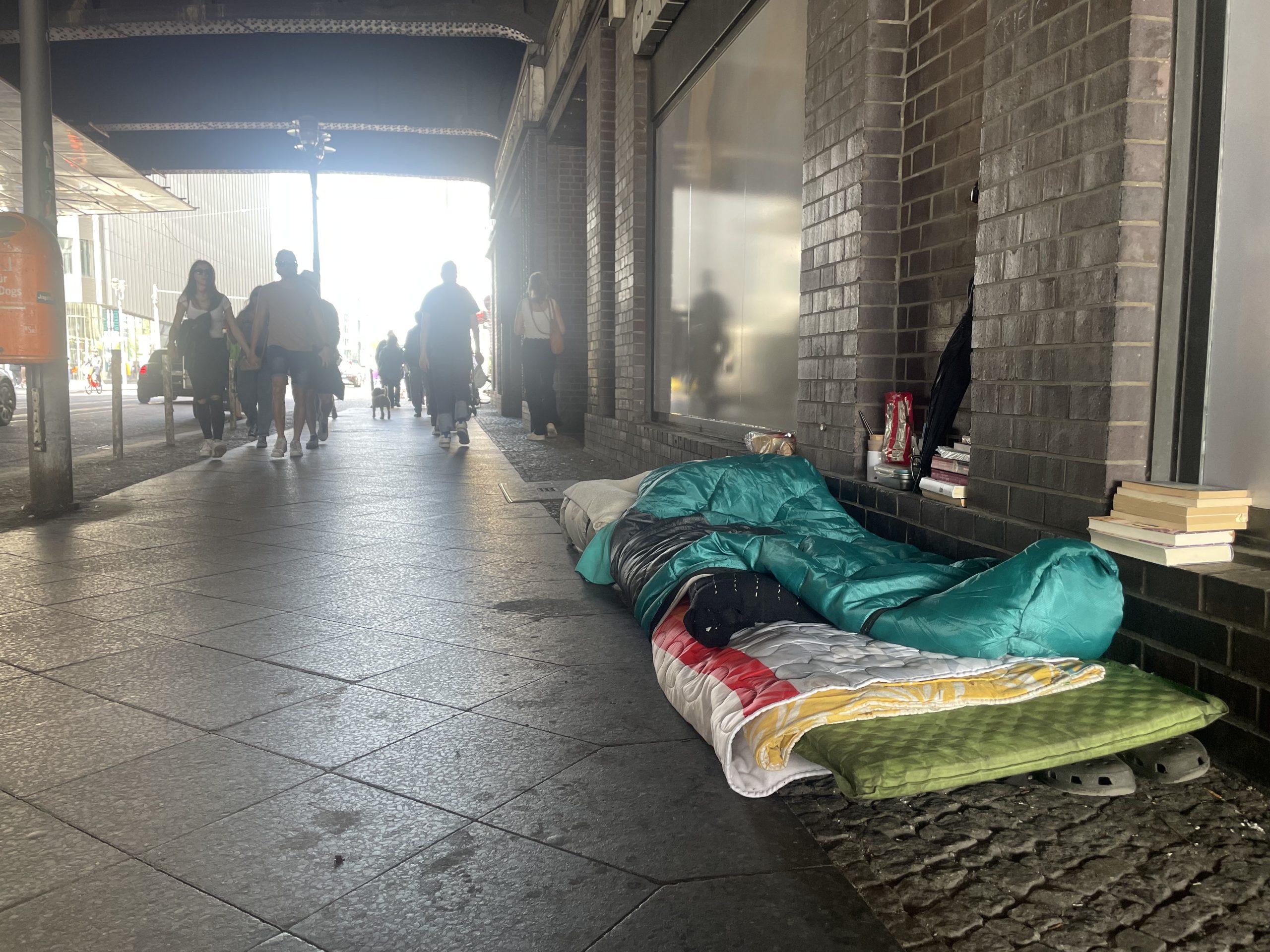
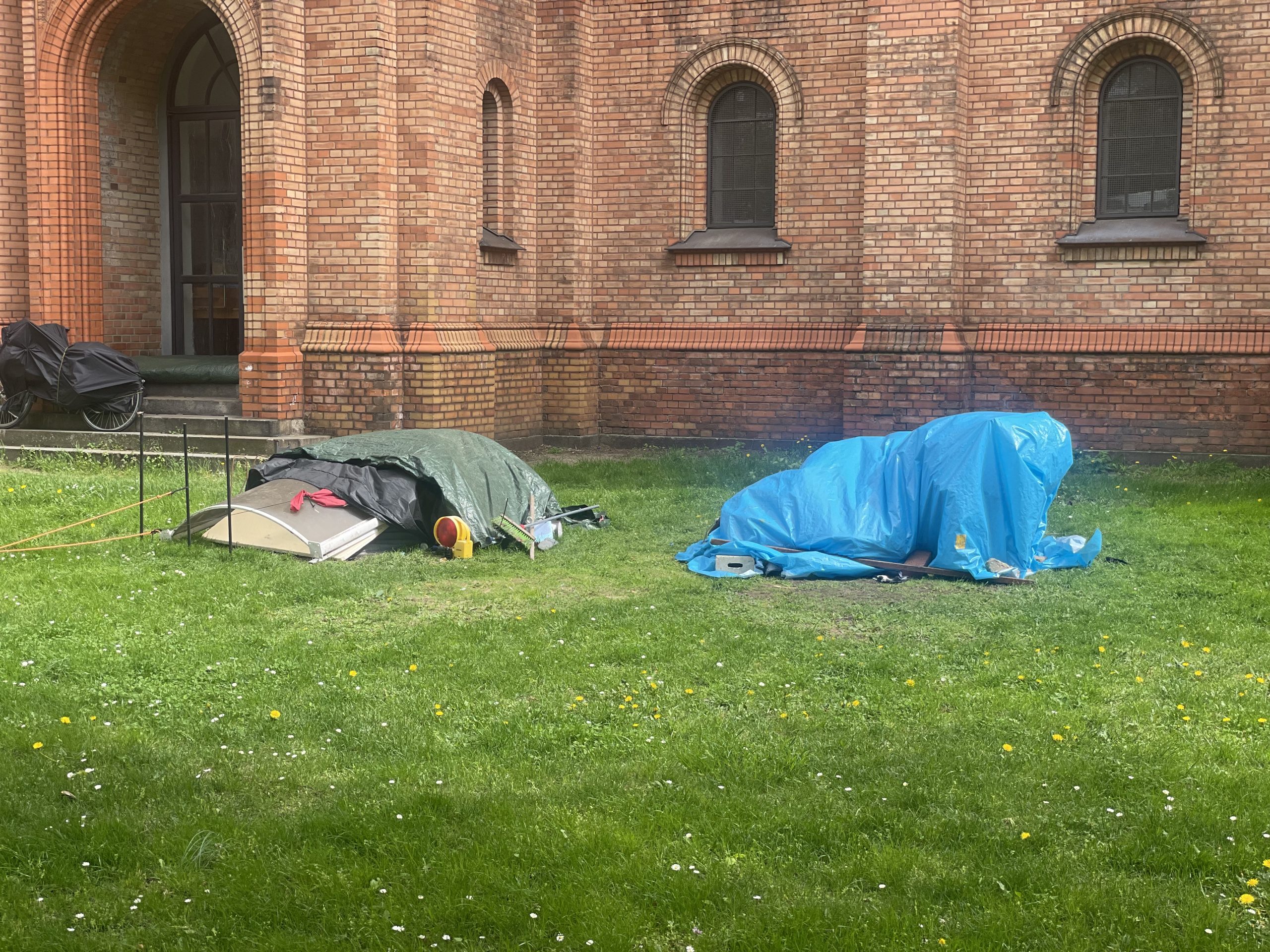
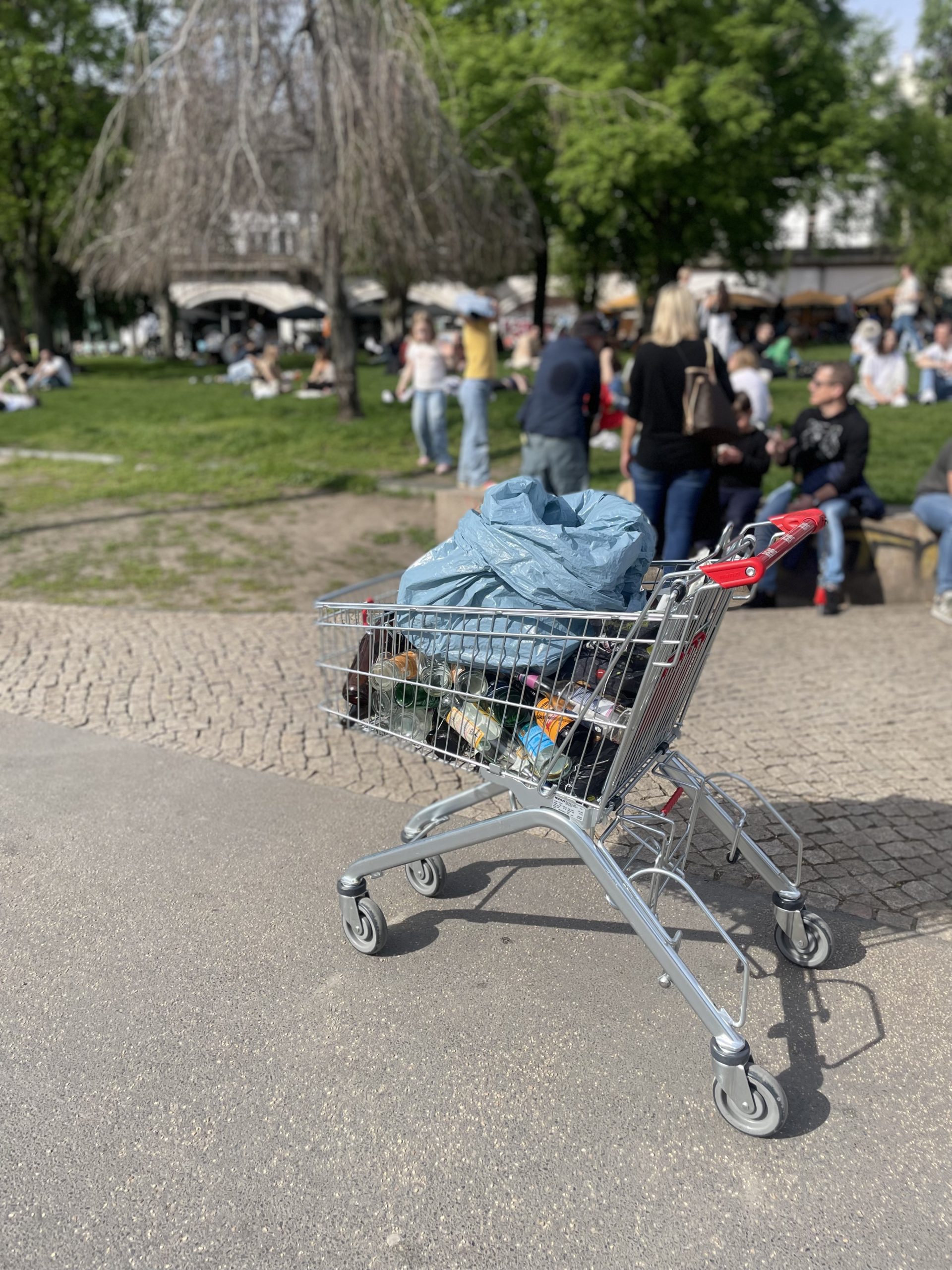
Patras’ story is shared during city tours organized by Querstadtein, a non-profit, to present the perspective of those directly affected on the street. Querstadtein organizes these tours to give the people who are usually talked about their own voice. The organization has been organizing the tours for groups since 2013 and has accomplished numerous remarkable achievements.
Petra’s tour begins at the Berliner Stadtmission on Lehrter Straße, one of Berlin’s largest emergency shelters. These shelters give essential refuge for many who are homeless during cold nights. Yet many still choose to sleep on the streets, even in freezing temperatures. Petra explains that some avoid shelters due to long distances and lack of money for public transport, while others dislike the conditions, such as waiting for ages to be allowed entry or the state of some unclean individuals. ‘Even when I was on drugs and sleeping on the street, I would still wash myself almost every day,’ explains Petra. ‘But in these shelters, some people haven’t washed themselves in a year. And you don’t want to go to sleep there. Petra goes on to talk about the theft that often takes place during the nights at the shelters.
Because of this, people leave the emergency shelters and rather sleep on the streets. Though this comes with risks. “We slept in a big group because sometimes, because people came outside to burn or hurt us. For no reason” says Petra sorrowfully. Stefan confirms this “We often see people with small and untreated burns. Stefan is a volunteer at the Obdachlosen Taskforce X, an organization that helps homeless in times of need. They often provide transfer services to doctors and emergency shelters.
The tour went on to the Berlin Hauptbahnhof. This station is a place where many people experiencing homelessness are trying to earn money by selling street papers. And so did Petra.
As Petra walks around the station, several individuals greet her. Some selling street papers, others just passing by. When asked about the existence of communities among the homeless, Petra responds: “There are groups. They’re always together. Especially while sleeping”
Petra shares how she sometimes slept by the Spree after selling street papers, even after she and her partner had secured an apartment. “When I was sleeping on the street, I never considered myself as a homeless. I just thought, okay, I’m sleeping here. But this is just for a while. I just never thought of myself as a homeless. So, I never told anybody I was homeless. I always looked quite all right, actually.”
When asked if she has fond memories of being homeless, Petra says yes. She recalls grilling food by the Spree riverbanks and the people she met. She notes that her story is unique and that not many share her mindset. “To me, it seems that some view themselves as permanently homeless. I often see individuals on the street that refuse treatment for their wounds. Simply put, they just don’t see the point to do so”, explains Stefan.
As Petra’s city tour comes to an end, Petra’s listeners are left with a deep sense of reflection. The group of Dutch high school students have walked through the city with her, not just as tourists, but as witnesses to a reality often overlooked. The tour has made an impression, and many seemed to have found themselves at a loss of words. While walking back to the Berlin Hauptbahnhof, some comments can be heard. They range from having pity for Petra’s to how impressive her story is. And impressive it is!


